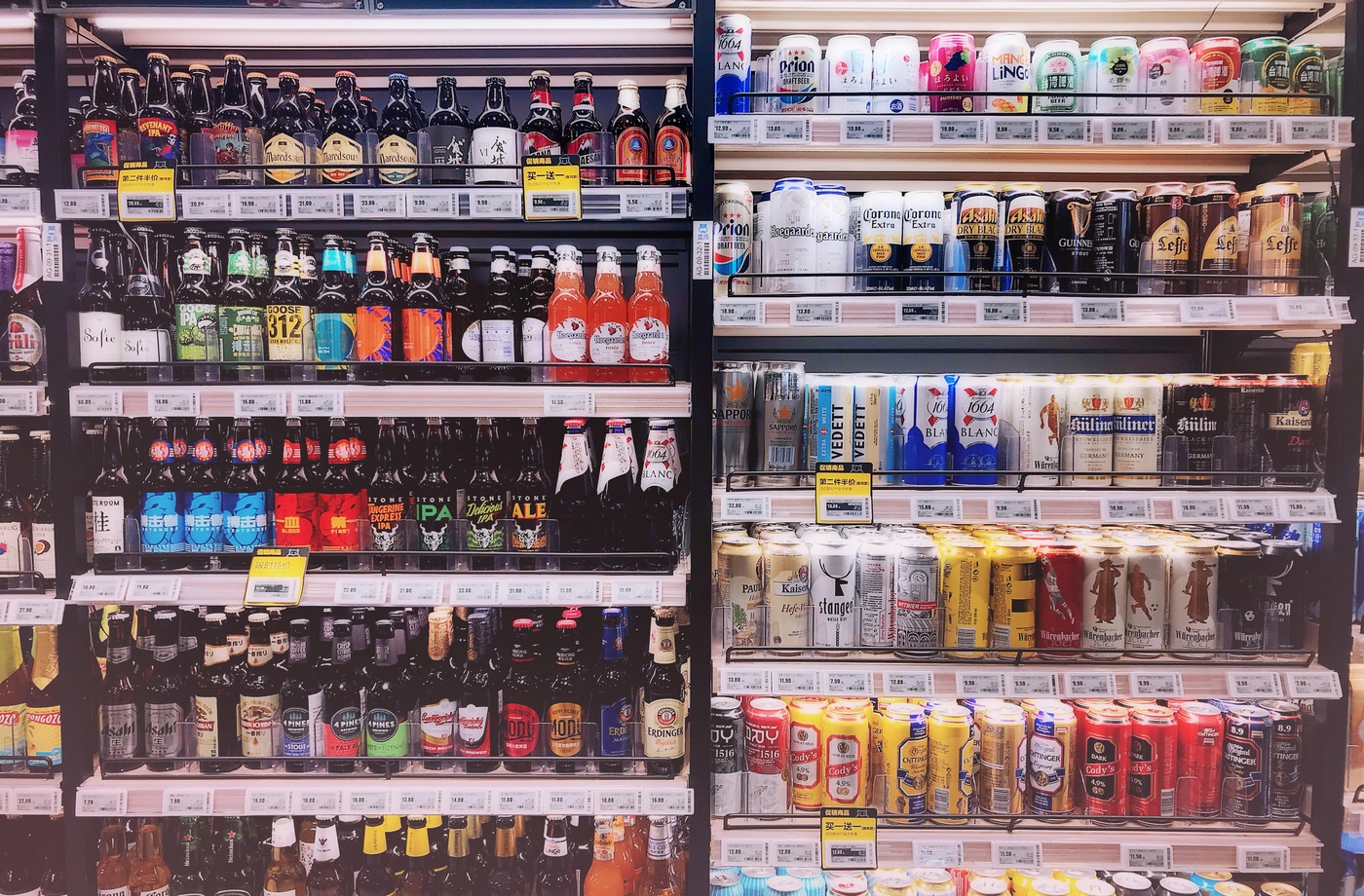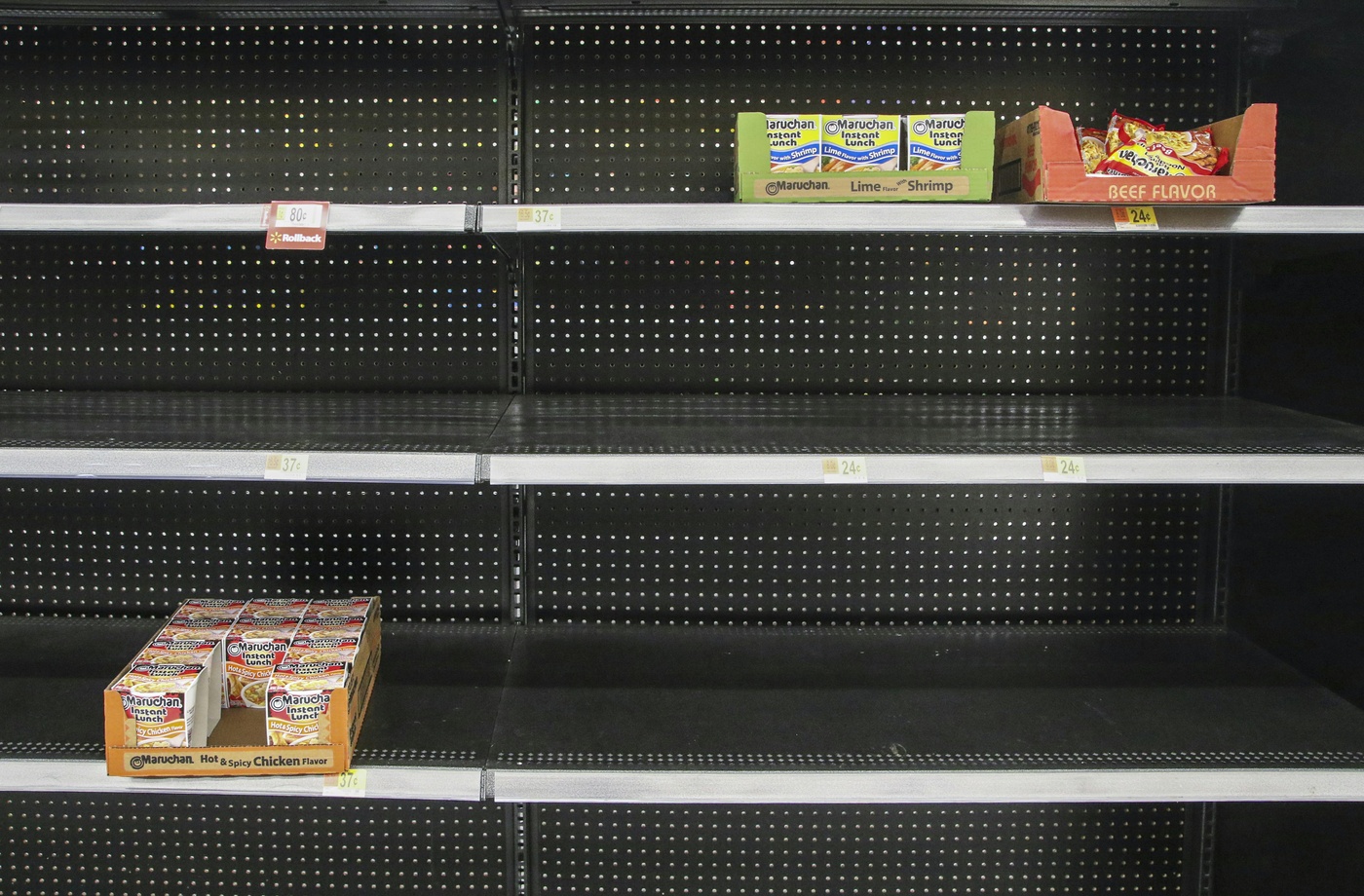- Shopping Without a List
Wandering into the store with no plan often leads to impulse buys and forgotten essentials. A written or digital grocery list helps you stay focused, reduce duplicate purchases, and stick to your budget. Try using free apps like AnyList or Out of Milk to organize by aisle or category. - Ignoring Unit Prices
The cheapest sticker isn’t always the best deal. Unit pricing (price per ounce, pound, etc.) helps you compare value across sizes and brands. Larger packages usually offer better value—but not always. Be mindful and do the math or scan the shelf tag carefully. - Shopping While Hungry
Shopping on an empty stomach can lead to cravings-driven purchases that weren’t on your list. Studies show shoppers buy more—and choose less healthy items—when hungry. Eat a snack before you shop to curb that temptation. - Not Using Loyalty Programs
Many grocery stores offer free loyalty programs that unlock exclusive pricing, digital coupons, and reward points. Signing up for programs like Kroger Plus or Safeway for U can mean instant savings just by scanning your card or app at checkout. - Overlooking Sale Cycles
Most stores operate on a 6–8 week sale rotation. If you know when your favorite products go on sale, you can time purchases to stock up. Weekly ads from stores like Publix or H-E-B reveal what’s on offer and when. - Paying Full Price for Gift Cards
If you’re shopping at grocery chains like Whole Foods, Kroger, or Safeway, don’t settle for full price. You can earn cashback with a Whole Foods gift card or get grocery gift card deals at Kroger using apps like Fluz and other platforms mentioned in Post #2. - Buying Name Brands by Default
Store brands often offer identical quality at 15–30% less. Staples like canned vegetables, pasta, and cleaning supplies are great places to swap. Look for private label items from your store’s in-house brand, like Simple Truth at Kroger or O Organics at Safeway. - Not Checking Expiration Dates
Buying items that expire before you can use them leads to waste—and wasted money. Always check the expiration date and be realistic about how fast your household consumes perishable items. - Overlooking Clearance Sections
Discount racks for dented cans, close-dated items, or overstocked seasonal goods are often hidden in corners or back aisles. These shelves can hold major savings if you’re not afraid of imperfect packaging or near-expiry items. - Skipping Cashback and Coupon Apps
Failing to use free tools like Ibotta or Rakuten is leaving money on the table. These apps give cash back on grocery staples like eggs, bread, and snacks. Even a few redemptions per trip can add up over time.
10 Mistakes That Make Your Grocery Bill Higher



